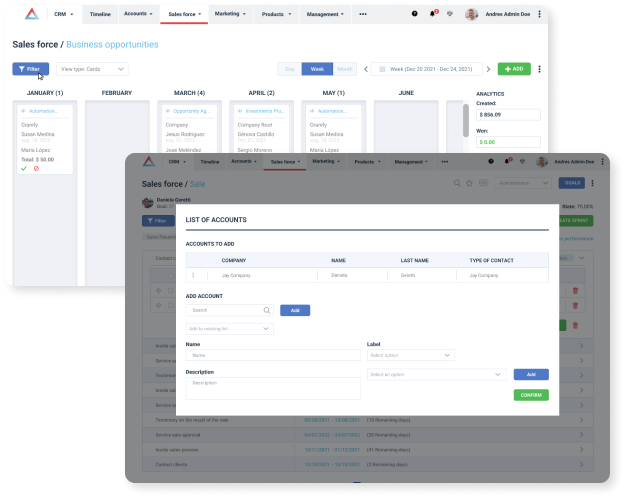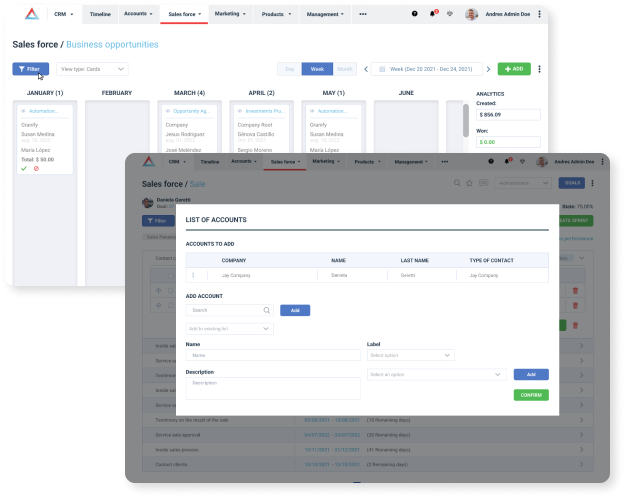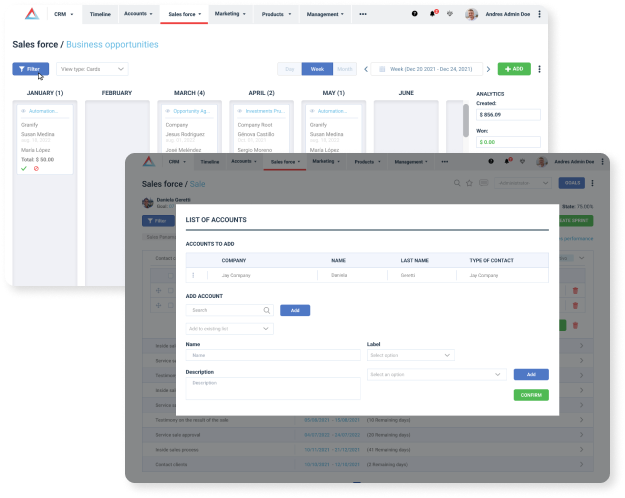

Data synchronization, especially as it relates to the integration of systems into a government infrastructure, can facilitate interoperability between different platforms and databases. This improves operational efficiency by allowing the fluid exchange of information between different systems used in public administration.
Real-time synchronization can ensure that information in different systems is always up to date. This is crucial in government environments where accurate and timely information is essential for decision-making and public service delivery.


Data synchronization can reduce redundancy and improve operational efficiency by ensuring that data is automatically updated across all related systems. This minimizes the need for manual data entry and reduces the possibility of errors associated with manual information management.


Automating your flows has never been so easy and fast
Using a mobile application, businesses will be able to create opportunities and see the commercial penetration effort in the market.
Customer service is centralized, even with multiple channels such as mobile banking, online banking, self-management and branches.
Standardizing profiles and roles in various bank branches improves Human Resources management, optimizes operations and increases productivity by clearly defining positions and allowing fluid changes.
Single sign-on can be applied to all banking solutions, adapting the solution to evolve according to needs
